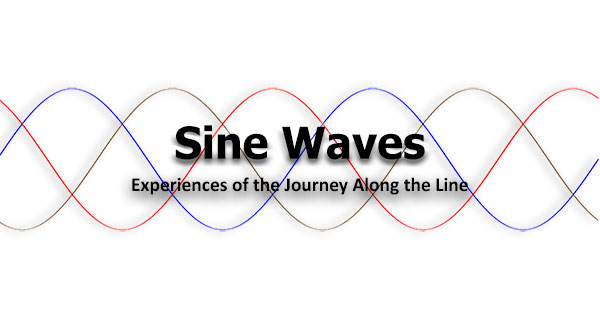This situation began with a part out trouble call on a three-phase overhead circuit.
In the summer it is difficult getting crews to come out quickly. We patrolled the reported area and found a couple of phases were out on the end of a 3000-customer circuit. Of course, that area got the first response as it fed the airport at the end of the line. A sea gull had gone cross phase out by the airport. The control center for the area was not showing issues at the substation so we thought we had done well closing in the airport.
Heading back towards the substation we started to get more reports of single phasing coming in from large three phase customers. First thing to address was the fire truck called to a dead front transformer that was arcing! The arcs were coming out of the back of the transformer like giant hands reaching into the ground. We used a load buster to isolate the three phase potheads to the customer. The transformer was super-heated and melted down all the secondary and primary wires in the cabinet. The fire department spent a good hour applying water while we had to move on to other problems upstream on the circuit towards the substation.
The next set of emergency lights was a water system crew dealing with their pumps and wires laying on the ground, down from an overhead corner pole, which had burned off.
The ampact connectors blew on the center phase and the wire came down across the outside phase feeding a delta connected transformer bank and a few spans of single-phase customers. After making that safe, we decided with the control center that we needed to isolate half the circuit.
Our plan was to drop the main breaker at the sub and open the mid circuit switch and finish our patrol. We began calling for crews to support this crazy night call and we knew there was going to be lots to do.
Splitting the load in half, via switches, helped get most of the residential customers settled down and stopped the single phasing conditions from causing more damage. It turned out that there were two corner poles with three phase crossovers phase conditions, but the industrial area kept trying to feed the customers. It took approximately 3.5 hours to finally break down the problem and open the mid circuit switch.
We set up four crews, two overhead and two underground crews to determine how much damage had been done. On the 25 KV wye system dead-front, the underground transformers share a common core winding system and are internally protected by current limiting fuses.
To isolate and test the three-phase dead-fronts, before bringing them back to normal, there were thirteen locations that needed to be tested. The two corner poles and wire down locations on the overhead were obvious and the crews got right at those. In a matter of 6 hours the three-phase could be reenergized. The original fire call at the underground dead-front needed to be rebuilt totally and would be an overnight job.
From that location and down the line, the primary current limiting fuses had blown at three, then two, then one, going in order. It turned out that super heating had taken out seven dead-fronts and that six were able to be re-fused and put back into service. All the line crews and contractors worked through the night until about 11:00 the next morning.
The debriefing and report took a good four hours, collecting all the facts for the engineers, to try and explain what had occurred. It turns out it was the saturation of the dead-front transformer that caught on fire and burned the secondaries right up that contributed to the overhead corner failures. The cross-phase conditions were on the load side of the corners, creating a back-feed situation. The substation breakers had only seen more load and therefore did not trip.
I will never forget the large white arcs on the back of the first fire location and when we used the load buster to isolate it there was no load!
My partner on the bucket truck that night was one of the best I ever worked with. We were 10-year journeymen by then. Looking back at the history of events that night, it was not until later when we put a timeline together from outage reports, that we were able to understand why things happened the way they did. In the middle of a fight, you are too busy swinging to feel the pain but, in the end, you know you did your best.
The teams of linemen and contractors and material people really worked their tails off that night. The superintendents in the apartment blocks, with elevators, did well controlling their residents. The police and traffic crews kept things safe, while the municipality crews managed their water and sewer systems.
You see our point of view is only a part of the story, the whole town must react together. We never get to thank everybody, and they never get to thank us, but the respect is there, always.
When it comes to electrical safety everyone knows it deserves respect!
Bruce Masse - Trouble Technician

